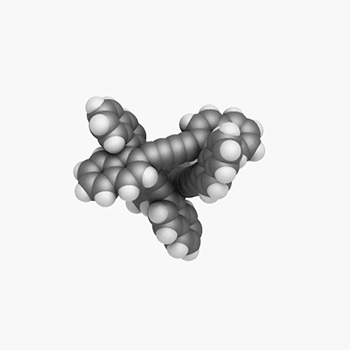How do you evaluate the limit: lim_(x->oo)(e^(-2x)-e^(2x))/(e^(-2x)+e^(2x))?
1 Answer
Sep 15, 2017
Explanation:
First of all, divide everything in the limit by the highest power, so in this case,
Use the following property:
Now, to solve the limit. Just by glancing at it,
And there you go!

